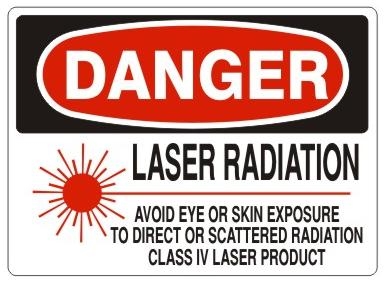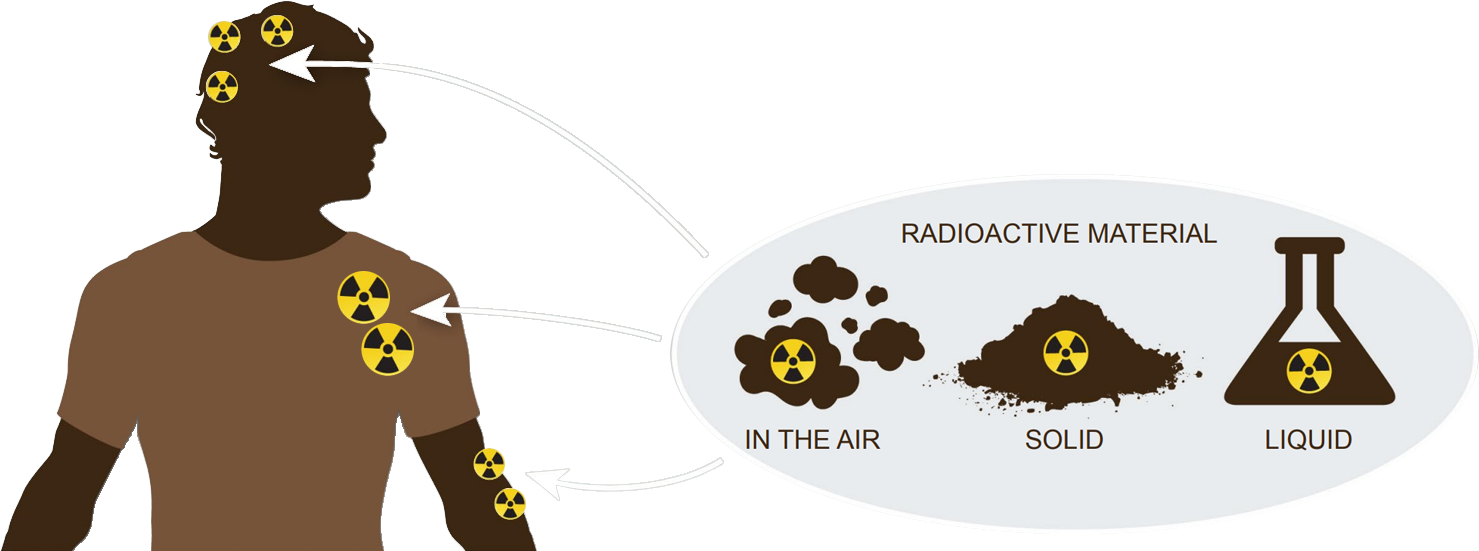
This will achieve a good exposure when all the details of the scene are legible on the photograph. Once the sensitivity to light of the recording surface (either film or sensor) is set in numbers expressed in " ISOs" (ex: 200 ISO, 400 ISO), the light emitted by the scene photographed can be controlled through aperture and shutter-speed to match the film or sensor sensitivity to light. Exposure value (EV) is a quantity that accounts for the shutter speed and the f-number. Dermal exposure to some air contaminants could also result in absorption through the skin.The camera's shutter speed, the lens's aperture or f-stop, and the scene's luminance together determine the amount of light that reaches the film or sensor (the exposure). A person’s activity level, physical condition, gender, and age are a few factors that will influence the air intake rate. Exhibit 7 illustrates how inhalation exposure doses can be estimated and provides default air intake rates.
Hemolytica before exposure. (8) These calves had hemagglutinating antibodies against P. For example, a risk of 1 x 10-5 is interpreted to mean that an individual has up to a one in 100,000 chance of developing cancer during their lifetime from the exposure being evaluated.(7) Cellular radial expansion was apparently unaffected by exposure to electric fields.
Very short shutter speeds can be used to freeze fast-moving subjects, for example at sporting events. A shutter speed of 1⁄ 50 s with an f/4 aperture gives the same exposure value as a 1⁄ 100 s shutter speed with an f/2.8 aperture, and also the same exposure value as a 1⁄ 200 s shutter speed with an f/2 aperture, or 1⁄ 25 s at f/5.6.In addition to its effect on exposure, the shutter speed changes the way movement appears in photographs. For example, f/8 lets 4 times more light into the camera as f/16 does. Reducing the aperture size at multiples of one over the square root of two lets half as much light into the camera, usually at a predefined scale of f/1, f/1.4, f/2, f/2.8, f/4, f/5.6, f/8, f/11, f/16, f/22, and so on. According to exposure value formula, doubling the exposure time doubles the amount of light (subtracts 1 EV). What is the difference between exposition and exposure Compare and contrast the definitions and Spanish translations of exposition and exposure on SpanishDict, the worlds most accurate Spanish-English reference website.Multiple combinations of shutter speed and f-number can give the same exposure value (E.V.).
B (for bulb) keeps the shutter open as long as the shutter release is held. Exposure time 15 seconds.With this scale, each increment roughly doubles the amount of light (longer time) or halves it (shorter time).Camera shutters often include one or two other settings for making very long exposures: The agreed standards for shutter speeds are: An extended exposure can also allow photographers to catch brief flashes of light, as seen here. Soon this problem resulted in a solution consisting in the adoption of a standardized way of choosing aperture so that each major step exactly doubled or halved the amount of light entering the camera ( f/2.8, f/4, f/5.6, f/8, f/11, f/16, etc.), a standardized 2:1 scale was adopted for shutter speed so that opening one aperture stop and reducing the amount of time of the shutter speed by one step resulted in the identical exposure. Short exposure times are sometimes called "fast", and long exposure times "slow".Adjustments to the aperture need to be compensated by changes of the shutter speed to keep the same (right) exposure.In early days of photography, available shutter speeds were not standardized, though a typical sequence might have been 1⁄ 10 s, 1⁄ 25 s, 1⁄ 50 s, 1⁄ 100 s, 1⁄ 200 s and 1⁄ 500 s neither were apertures or film sensitivity (at least 3 different national standards existed).
If a shutter speed is too slow for hand holding, a camera support, usually a tripod, must be used. Through practice and special techniques such as bracing the camera, arms, or body to minimize camera movement, using a monopod or a tripod, slower shutter speeds can be used without blur. This rule can be augmented with knowledge of the intended application for the photograph, an image intended for significant enlargement and closeup viewing would require faster shutter speeds to avoid obvious blur. For example, for handheld use of a 35 mm camera with a 50 mm normal lens, the closest shutter speed is 1⁄ 60 s (closest to "50"), while for a 200 mm lens it is recommended not to choose shutter speeds below 1⁄ 200 of a second. The rough guide used by most 35 mm photographers is that the slowest shutter speed that can be used easily without much blur due to camera shake is the shutter speed numerically closest to the lens focal length.
For instance, a running person may be caught with both feet in the air with all indication of movement lost in the frozen moment.When a slower shutter speed is selected, a longer time passes from the moment the shutter opens till the moment it closes. Exposure time 3 seconds.Slower shutter speeds are often selected to suggest the movement of an object in a still photograph.Excessively fast shutter speeds can cause a moving subject to appear unnaturally frozen. This is sometimes referred to as Shutter Speed Priority Auto Exposure, or TV (time value on Canon cameras) mode, S mode on Nikons and most other brands.Images taken with a lower shutter speed evoke a visual sense of movement. It allows the photographer to choose a shutter speed setting and allow the camera to decide the correct aperture.

1⁄ 8000 s: The fastest speed available in production SLR cameras (as of 2013), also the fastest speed available in any full-frame DSLR or SLT camera (as of 2013). ( Minolta Maxxum 9xi, Maxxum 9 1⁄ 12000 s: The fastest speed available in any 35 mm film SLR camera. ( Canon EOS 1D, Nikon D1, Nikon 1 J2, D1X, and D1H)
1⁄ 2000 s and 1⁄ 1000 s: Used to take sharp photographs of moderately fast subjects under normal lighting conditions. Used to take sharp photographs of fast subjects, such as athletes or vehicles, under good lighting conditions and with an ISO setting of up to 800. 1⁄ 4000 s: The fastest speed available in consumer SLR cameras (as of 2009) also the fastest speed available in any leaf shutter camera (such as the Sony Cyber-shot DSC-RX1) (as of 2013).
1⁄ 30 s: Used for panning subjects moving slower than 30 miles per hour (48 km/h) and for available-light photography. 1⁄ 60 s: Used for panning shots, for images taken under dim lighting conditions, and for available light portraits. 1⁄ 125 s is used to obtain greater depth of field and overall sharpness in landscape photography, and is also often used for panning shots. 1⁄ 125 s: This speed, and slower ones, are no longer useful for freezing motion. 1⁄ 250 s is the fastest speed useful for panning it also allows for a smaller aperture (up to f/11) in motion shots, and hence for a greater depth of field.

The shutter rotation is synchronized with film being pulled through the gate, hence shutter speed is a function of the frame rate and shutter angle.


 0 kommentar(er)
0 kommentar(er)
